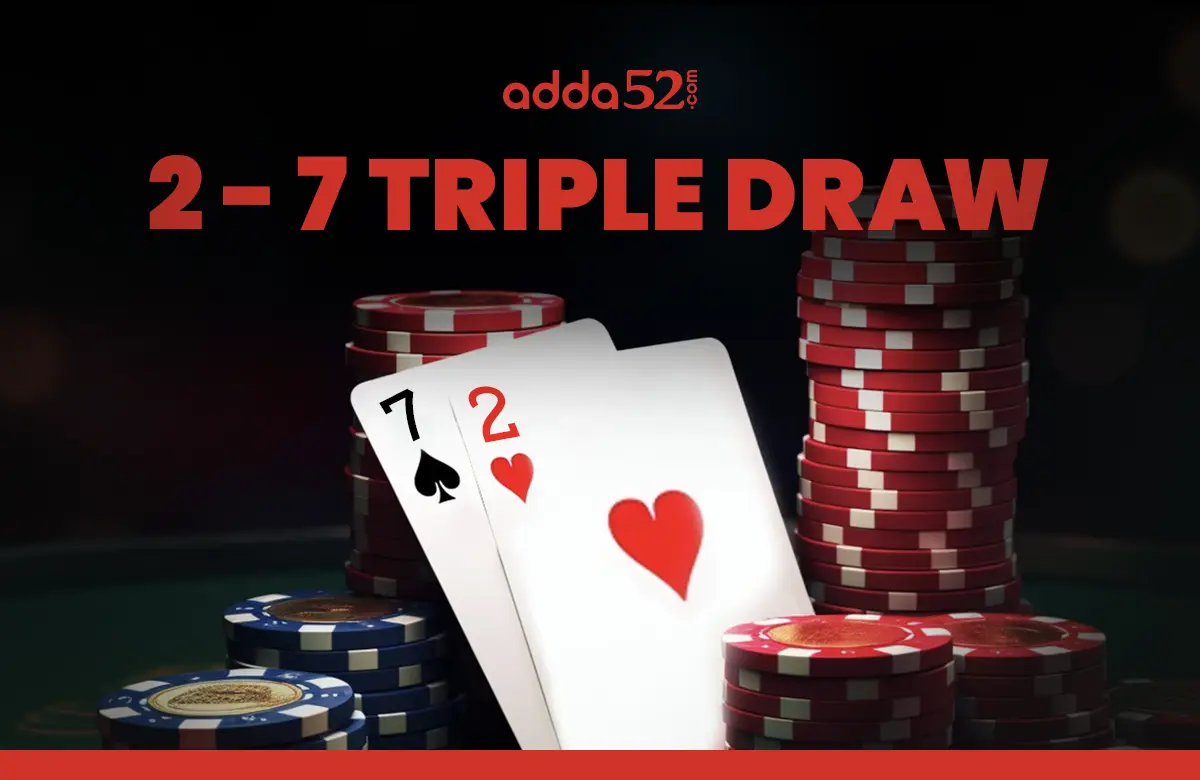
2-7 triple draw Poker
This foundational knowledge ensures you are prepared to analyze the strategic considerations involved in 2-7 triple draw Poker https://188betvip.info/.
Hand Rankings and Scoring in 2-7 Triple Draw Poker
Understanding hand rankings is critical in 2-7 triple draw Poker because the game’s goal is to produce the lowest possible hand, unlike traditional poker where high hands win. The hierarchy is inverted, and straights and flushes are considered bad hands, which significantly impacts decision-making throughout the game.
In 2-7 triple draw Poker, the ideal hand is a set of five unconnected, non-flush cards ranked from lowest to highest. Typically, the best hand is 2-3-4-5-7, known as the “seven low,” because it is the lowest possible hand without straights or flushes. Conversely, the worst hand would be something like 9-10-J-Q-K, which is undesirable.
The ranking order from best to worst is:
- Best low hand: 2-3-4-5-7
- Next best low hands: 2-3-4-6-8, 2-3-5-6-8, etc., moving upward
- High hands: Straight or flush hands are disregarded as they count against the player
Because scoring is based on the lowest possible hand, the tactical emphasis shifts from trying to make a strong high hand to minimizing hand value. This inversion creates strategic nuances, particularly around when and what to draw, and how to interpret opponents’ actions.
Strategies and Tactics for Success in 2-7 Triple Draw Poker
Success in 2-7 triple draw Poker hinges on a player’s ability to read situations, recognize opponents’ tendencies, and execute calculated discards. Strategic play requires balancing aggression with caution, especially during drawing phases where the decision to hold or redraw can either lead to victory or defeat. Developing effective tactics involves understanding hand selection, betting patterns, and the psychological elements that come into play at the table.
A core element of strategy involves recognizing which hands to discard aggressively and which to keep. For instance, holding onto a weak hand like 2-4-6-8-9 might be preferable over chasing after higher, less promising hands. Additionally, bluffing becomes nuanced since the goal is to attain the lowest hand, so acting confidently with marginal holdings can induce folds from opponents trying to minimize their own hands.
Furthermore, players should pay close attention to their position relative to others. Being in late position allows more information gathering from betting actions, enabling more precise decisions about whether to draw or hold. Consistent observation of opponents’ behaviors, betting patterns, and tendencies provides a psychological advantage that can be leveraged to manipulate betting rounds effectively.



